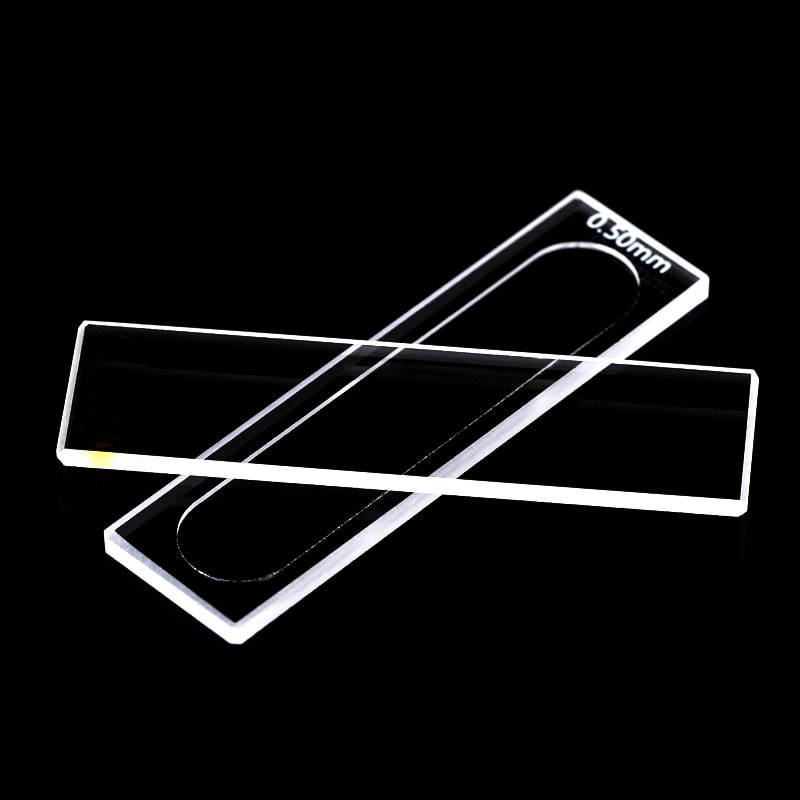The science of spectropotometry is the foundational element of scientific research, a method that unveils the mysteries of light absorption and transmittance across specific wavelengths. The cuvette is the heart of spectrophotometry. It’s an easy yet crucial vessel used to hold samples for analysis. The cuvette is a tiny container that might appear unassuming, but its design includes the length of the cuvette’s path and material selection, are essential to obtain accurate data on purity and concentration. Let’s explore this fascinating realm where dimensions and size of cuvettes determine the outcomes of every experiment.
Power of Cuvette Pathlength
Imagine a light beam passing through a liquid sample. What happens is dependent on the size of the cuvette, or the distance the light travels. A majority of laboratories use the standard cuvette that has 1 cm of path. This is the most ideal combination of practicality and sensitivity. What is the significance of this? The longer the length of the light path will be, the more of light absorption. This means that the light signal is amplified when using dilute samples. A shorter route can make a big difference for high concentration solutions like nucleic acids or proteins. This reduces dilution and preserves precious samples, while also decreasing the preparation time. What’s the most important lesson to take away from this? Matching the the path length with sample requirements is subtle and enhances the reliability.

Image credit: cuvet.co
Cuvette Dimensions and Sizes: More Than Meets the Eye
The size of the cuvette does not only determine how much liquid is contained however, it also determines how it works with the instrument. Cuvettes are available in various volumes and shapes to suit particular needs. For example semi-micro cuvettes that have smaller dimensions and more robust walls handle tiny samples like a few microliters of a rare biological extract. Thick walls allow light to traverse the sample without wasting even one drop. Compare this with a standard cuvette, it’s a stark contrast less pipetting steps, less room for error and results that stand when tested. This is an innovative tweak which shows that size isn’t just a numerical value, it’s also a strategic factor.
The 1 cm length of the Path Cube is a Lab Favorite
Why does the 1 cm path length cuvette reign supreme in so many experiments? It’s the best for biological measurements, where samples are often scarce and every milliliter counts. This standard design offers consistent absorbance measurements without overwhelming the detector. It’s not a hero that can be used for all. It’s not a single-size hero. Precision is dependent on choosing the appropriate instrument not only the most familiar one. A wrong cuvette can be compared with a poorly tuned instrument.
Material Matters: Beyond Path and Size
Cuvette dimensions are just one aspect of the tale. The choice of material is the last piece. The high transmission rates of glass and quartz cuvettes allow light to flow through without interference. They’re durable and can be reused. They are therefore ideal for spectroscopy. However plastic cuvettes are affordable and ease of use. There is no need for clean-up or cross-contamination. Simply take the cuvettes, then dispose of them. For aqueous solutions and quick DNA and RNA tests, they’re tough to beat. What’s the trade-off? less accuracy in certain wavelengths. Quartz is the preferred choice for purists, while pragmatists may prefer plastic.
Accuracy in Practice
Cuvettes are flexible and adaptable. The combination of spacers and short lengths of the path allow for the handling of concentrated samples and larger vessels are able to handle large amounts. Every choice of size and length as well as the type of material have an effect on the test. This may affect the quality of the results. Imagine a laboratory measuring an uncommon protein: a semi-micro cuvette with the shortest path can avoid dilution headaches, delivering trustworthy information quickly. Contrast that with a sloppy switching of cuvettes halfway through the experiment, and the results are shaky. This is a reminder that even the smallest small details can have a huge impact on the spectrophotometry.
Cuvettes may seem small, but their significance is huge. The vessels are available in a variety of sizes including the cuvette that has 1cm length to ones that are custom made. They can bridge the gap between the sample and the insight. A good cuvette can turn a good measurement, whether you’re looking for concentration or purity and precision, into a fantastic measurement.